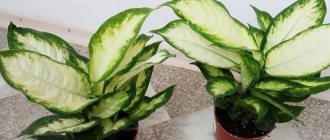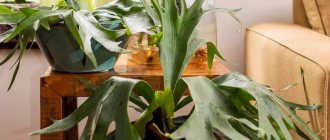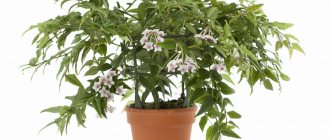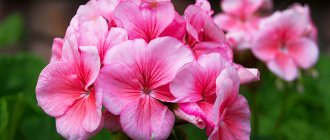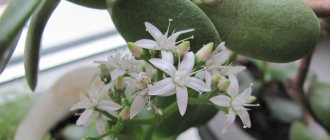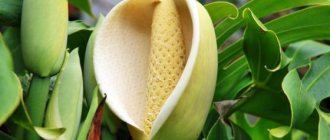Just imagine, a woman lives alone. He suffers, of course. Everyone wants personal happiness. But she just can’t do it. As soon as the gentleman is found, he immediately abandons him. You have to wait years for the next one. And then it turns out that her loneliness was not due to fate, but was induced by indoor plants! It turns out there are muzhegon flowers. If you don’t want such a sad fate for yourself, then be sure to find out what it is.
Ivy evergreen
This plant is a climbing vine with sinewy leaves of a deep green color. Ivy is easy to care for and grows quite quickly. The stem has thin shoots with which the plant can grow vertically.
There is a folk superstition associated with evergreen ivy - the more luxuriant it grows, the faster the marriage breaks up. In addition, foliage that is too dark poses a danger to love, romantic and family relationships.
Why are muzhigon flowers called that?
Since ancient times, there have been legends that have clouded the reputation of some indoor plants. People believe that when husband flowers appear in a house, they push a man to leave, and a girl of marriageable age may be prevented from getting married.
Cacti, vines and ivy are considered to be special pests for the strong half of humanity.
Knowledgeable people have identified the main signs of muzhegon flowers:
- creeping long stems;
- leaves arranged in a checkerboard pattern.
Dieffenbachia
An evergreen plant with beautiful, voluminous, ovate green leaves with an unusual yellowish pattern. An adult Dieffenbachia can reach 2 meters in height. This is a rather capricious flower: without increased care, the foliage begins to dry out and then falls off.
Popular belief says that growing Dieffenbachia in the house causes problems with potency in men. In addition, the sap of the plant is poisonous; when evaporated, it causes migraines, and when it comes into contact with the skin, it causes burns. Despite such fame, people like to decorate balcony interiors with Dieffenbachia.
Where did the signs about indoor flowers come from?
Now no one can say exactly how superstitions about such plants arose. All that is known about this: even in ancient times, there were rumors that men did not get along with certain flowers in the house and left. According to ancient Greek myths, once the god of wine Dionysus was saved from death by sacred ivy. Zeus's wife Hera, having destroyed her rival in love Semele, was unable to deal with her son Dionysus, but hated everything that was in one way or another connected with his name. Therefore, it is believed that Hera - the goddess of family and marriage - does not welcome the presence of ivy in the house, and ceases to favor those who neglect her desire, so the family breaks up and the man leaves.
Oleander
Oleander is a beautiful flower with a pleasant aroma. It is an evergreen shrub with branching stems. The leaves have a narrow lacent shape and are dark green in color. It blooms with beautiful flowers of a pleasant pink color, but there are also white, milky varieties.
The danger of oleander is that all its parts are poisonous. Therefore, they can cause illness in all family members, which negatively affects the home microclimate. You only need to care for it with gloves. If you want to have such a plant, it is better to plant it in a plot in the yard.
Adenium
A very beautiful plant with a massive, plump stem that resembles a tree trunk. There are a few leaves at the tops, but a feature of adenium is the large number of flowers. Depending on the variety, they can be red, pink, purple, white.
Adenium is a poisonous plant species. Its juice is very poisonous, and the smell is toxic - it can cause severe headaches. In close contact with the plant, the housewife runs the risk of getting a severe burn, so in a house where there are children, it is better to avoid such a flower.
Roots of beliefs
In Ancient Greece, the first mentions appeared that plants can negatively affect the relationship between spouses. For example, ivy was considered a symbol of Dionysus. Therefore, women tried not to place this flower in the house, believing that it could cause an addiction to alcohol in their husbands.
On a note! A similar effect of muzhegons has not been scientifically proven. But some of the listed plants emit toxic fumes and absorb a lot of oxygen indoors. Perhaps this is why people have been wary of them for a long time.
Spurge
The plant has many subspecies, so it can be of various shapes. For this reason, there is no clear description of milkweed. Many species are similar to cacti and have spines.
Try other types of milkweed from a reputable supplier:


